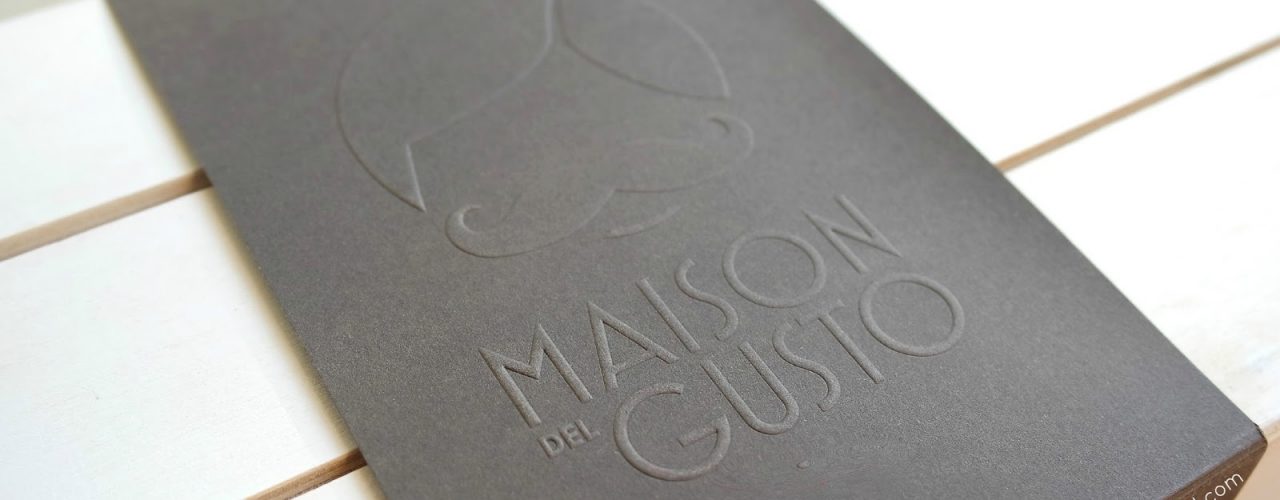Yacht Chefs: Do You know Your Meat Cuts?
How many primal cuts are there in a cow?
There are 8 primal meat cuts in a cow: the brisket, shank, rib, chunk, loin, round, flank, and short plate. On their turn, the primal cuts are then broken down into sub-primal cuts, including specific steaks and chops such as flank steak, flat iron steak, filet mignon, rib eye, Tbone, porterhouse, etc.
However, In order to have a better understanding of different cuts of meat you need to understand where in the animal a certain piece of meat comes from.
So, whereabouts in the animal do certain pieces of the animal come from?
Meat means muscle, so one of the most important aspects to remember while learning about meat is that muscles that are utilized more frequently become tougher than muscles that are used less. The shoulder, neck, and legs, for instance, include muscles that work the hardest during life. The sections of the animal that work less are found in its rear part, particularly in the small of the back.An interesting fact is that the rule above applies to all the types of meat we consume, from different mammals and birds. For instance, the chicken breast meat is very tender, much more tender than the legs and thighs that work more. This makes them full of flavor, but tougher.
What are the 8 primal meat cuts?
The Brisket
Founds in the chest area between the shoulders of the cow, which means it’s a working part of the animal so it moves quite a lot during its lifetime, so the brisket has a large amount of fat which is marbled throughout and adds lots of flavour to the meat.Traditionally, brisket is slow-roasted in the oven until the meat is falling apart and meltingly tender. However, it is also the most popular cut for making corned beef and pastrami, and can also be turned into mince as the fat prevents it from drying out during cooking.
Shank:
This cut comes from beneath the brisket. Because this area is full of connective tissue, the part is known to be one of the toughest of all 8 cuts and requires a lot of preparation to tenderize. It is typically cut into cross sections called Shank Cross-Cuts which are braised to make flavorful, fork-tender dishes such as OssoBuco. The usual shank cuts are usually cooked for extended periods allowing the meat to tenderize as much as possible.
Rib:
Chuck:Loin:The loin is located at the top of the cow, just behind the ribs. The tenderest and most expensive cuts of beef come from the loin and are usually divided into two parts: sirloin and short-loin. the short loin is where we find the most desirable cuts of meat. These include T-bone and porterhouse steaks, as well as the strip loin. The muscles in this part of the cow are not overworked, the meat is quite tender. While sirloin is slightly tougher than short-loin, it is thought to be the more flavorful of the two.
Round:
The round is a large primal cut consisting mainly of the rear leg and the rump of the cow. While this primal cut of beef tends to be lean, it is also tougher as the muscles around this part of the steer are usually worked hard on a regular basis. The round cut is among the most inexpensive beef cuts you can get that are every bit as nourishing as beef tenderloin or ribeye steak which makes the beef round a very economical way to feed a family or any other group of hungry people.Flank:
The flank cut, which is just below the loin, is one of the tastiest but in the same toughest cuts of meat, you’ll ever eat. There are no bones in this flavorful cut and needs loving care and proper cooking technique to bring out all the good flavor in it. It used to be known as one of the cheapest cuts however its low-fat content, has elevated its status as one of the most sought after, and thus increased its price. There are two opposite cooking choices with a flank. You either cook it hot and fast, or long and slow by braising. The purpose is to break down the connective tissues by cutting thin slices or by heat and moisture.Short plate:
http://www.instagram.com/p/CbFDSlzAAxk/
As you can read in the article above, the 8 primal meat cuts have varying levels of flavor, tenderness, and fat. Knowing the various cuts of meat will not only help you choose the best cuts for different cooking methods and meals, but it will also help you reduce the amount of time you spend simply thinking of great recipes you would like to prepare.To find out how to make fresh produce, including the 8 primal meat cuts last the crossing, Click here.
